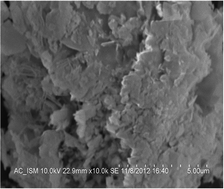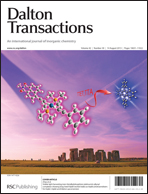Improved luminescence and temperature sensing performance of Ho3+–Yb3+–Zn2+:Y2O3 phosphor
Abstract
The codoping effect of Zn2+ ions on luminescence emission in visible and near infrared (NIR) regions of Y2O3:Ho3+–Yb3+ phosphor prepared by low temperature combustion process have been investigated under 980 nm and 448 nm excitations. The phase and crystallite size of the prepared phosphor were determined by X-ray diffraction analysis and processes involved in the upconversion mechanism have been discussed in detail via pump power dependence, decay curve analysis and a suitable energy level diagram. The temperature sensing performance of the developed material has also been investigated by measuring the fluorescence intensity ratio of the blue upconversion emission bands centred at 465 nm and 491 nm up to 673 K. It is found that by using fluorescence intensity ratio technique, appreciable sensitivity for temperature measurement can be achieved from the present phosphor material, which indicates its applicability as a high temperature sensing probe. The fabrication of green LEDs using the developed phosphor material has also been suggested.


 Please wait while we load your content...
Please wait while we load your content...